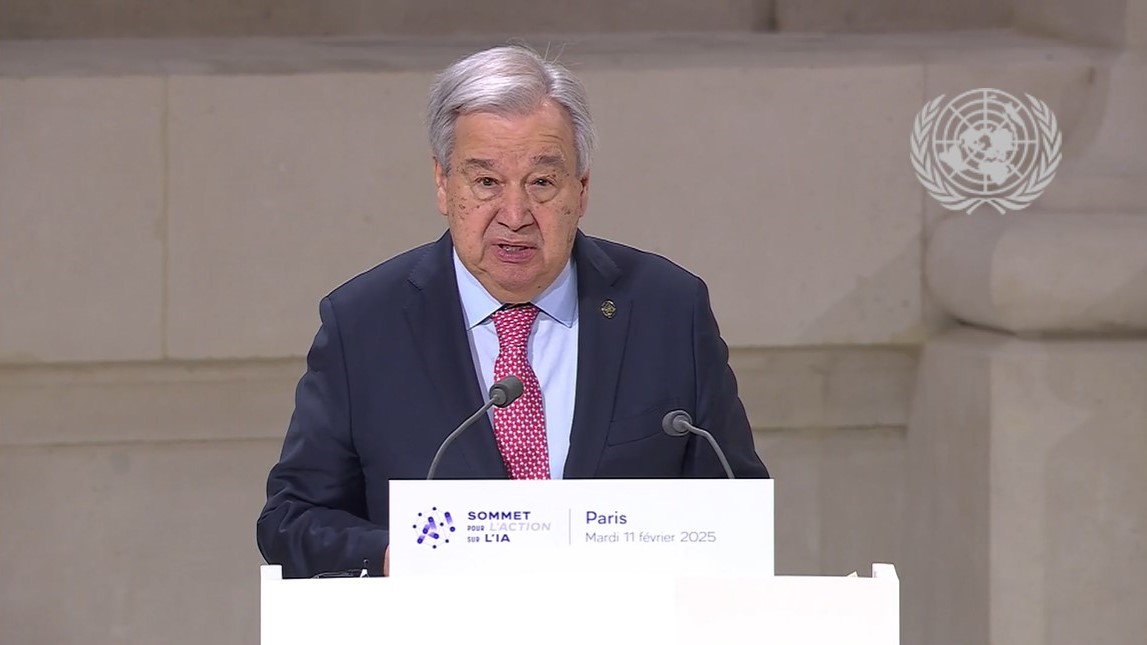 © UNICEF/Noorani A woman walks home in the rain with sheaves of rice harvested in a village paddy, in rural Lao People's Democratic Republic.
© UNICEF/Noorani A woman walks home in the rain with sheaves of rice harvested in a village paddy, in rural Lao People's Democratic Republic.
A new global environmental fund marks a major step towards securing the wellbeing of biodiversity in developing countries and will help to ensure sustainable utilization of their natural resources, the UN Food and Agriculture Organization (FAO) said on Friday.
The Global Biodiversity Framework Fund, launched at the Global Environmental Facility Assembly in Vancouver, Canada, will support the implementation of the landmark Kunming-Montreal Global Biodiversity Framework, which aims to halt and reverse biodiversity loss by 2030 and guide nature towards recovery by 2050.
Maria Helena Semedo, FAO Deputy Director-General, emphasized the importance of the Kunming-Montreal Framework and the role of agriculture and food systems in addressing global challenges.
“The Framework places agrifood systems at the forefront of an enormous challenge that will require important financial resources, coordination, and commitment to implement win-win solutions for people and the planet.”
She added that the new Fund is a critical part of climate action, and a vital step in making these solutions a reality.
Biodiversity for agrifood systems
The significance of biodiversity in agrifood systems cannot be understated.
Biodiversity is the variety of life at genetic, species and ecosystem levels and it is an indispensable component of food security, sustainable development, and agricultural stability.
It encompasses domesticated plants and animals that are part of crop, livestock, forest or aquaculture systems, harvested forest and aquatic species, the wild relatives of domesticated species, and other wild species harvested for food and other products.
More than half of the targets in the Kunming-Montreal Biodiversity Framework directly pertain to agrifood sectors, and FAO is entrusted with overseeing four key indicators: ecosystem restoration, fish stocks, sustainable agriculture areas, and responsible forest management.
Multiple benefits from transformation
According to FAO, transforming agrifood systems to make them more sustainable can yield multiple benefits, including the preservation of biodiversity.
Such actions involve diversifying production by integrating multiple species, breeds, or varieties, and promoting habitat diversity within local landscapes and seascapes. These initiatives support climate action, enhance resilience, uplift livelihoods, and improve food security and nutrition.
 Celebrity Media TV
Celebrity Media TV










